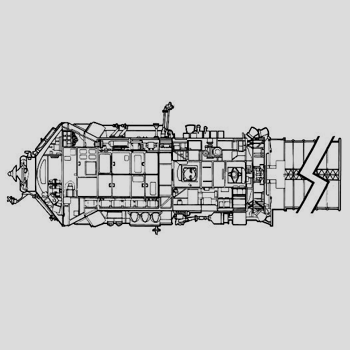Question #11a35
2 Answers
Explanation:
When we are given a system of equations with multiple variables, our goal is to find what values for those variables could make all of the equations in our system true.
In this case, we are given the system
So we want to know what values of
The substitution property of equality means that if two things are equal, then wherever one appears, we can switch it out for the other.
In this case, we have
Now we can use algebraic manipulation to solve for
Thus, the solution to the system is
The solution is the point
Explanation:
Because we already have both equations solved for
Note: 'solved for
So, let's look at this system of equations and how to find its solution.
As I stated earlier, set the expressions for
Since we know from the original system of equations that


